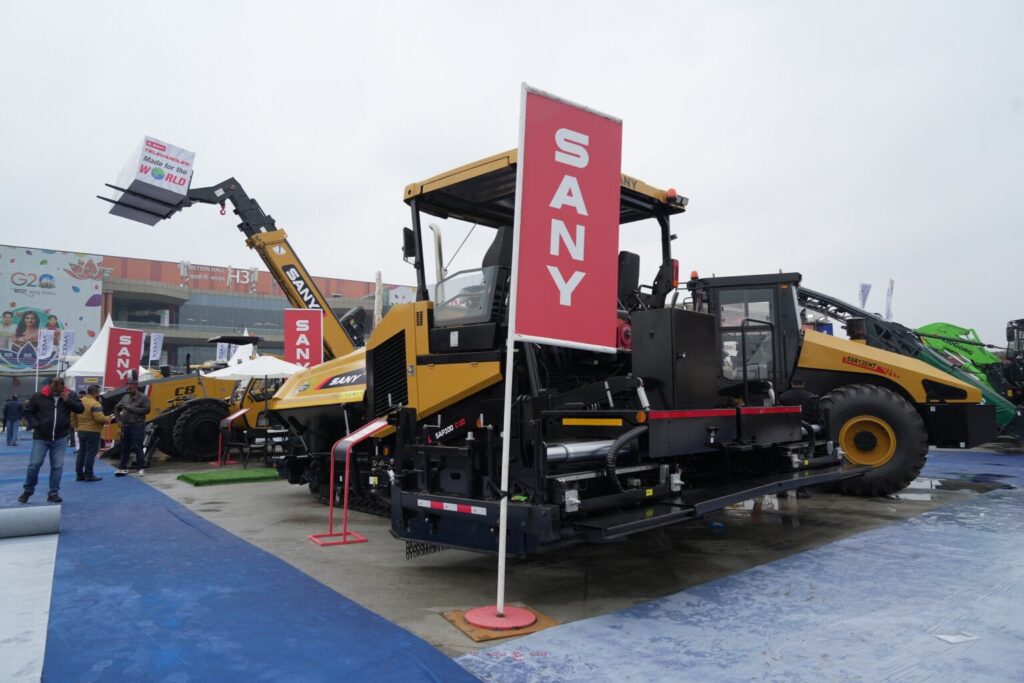ICRA projects the construction industry to report a YoY growth of 8-10% in operating income (OI) for FY2026, supported by an adequate order book position, on the low base of FY2025. However, this marks a moderation from the long-term CAGR of ~15% for the FY2018-FY2024 period. ICRA estimates the aggregate order book/OI for its sample set of entities1 at ~3.5 times as on March 31, 2025, reflecting healthy growth prospects and revenue visibility. ICRA forecasts the operating margin of the players to be steady at 10.5-11.0% for FY2025 and FY2026.

The Model Code of Conduct (MCC) in Q1 FY2025, along with an elongated monsoon period and a shift to milestone- based billing in Q2 FY2025, significantly impacted construction activities, especially for the road projects. After witnessing a muted 1.5% YoY growth during H1 FY2025, the execution pace gained momentum in Q3 FY2025, which sustained in Q4 FY2025 as well. Nonetheless, owing to a muted H1, the growth in the overall OI for ICRA’s sample set in FY2025 is estimated at a low 1-3%. The fresh order inflows were modest in the first nine months of FY2025, mainly due to the impact of the General Elections.
Giving more insights on this, Suprio Banerjee, Vice President and Co-Group Head, Corporate Ratings, ICRA, said: “The aggregate order book/OI for ICRA’s sample set of entities is estimated at ~3.5 times as on March 31, 2025, reflecting healthy growth prospects and revenue visibility. Although the order inflows in FY2025 are likely to trail those seen in FY2024, the pick-up in order awarding activity from Q3 FY2025 onwards is expected to result in a satisfactory order book position. The contractors, focussed largely on the road segment, are likely to under-perform compared to broader trends owing to slowdown in order-awarding activity from the MoRTH/NHAI. Several mid-sized road construction entities have order book/revenue of less than 2.0 times, indicating imminent stress on their revenue prospects in FY2026. Diversified players, especially those focussing on urban infrastructure, renewable and water-related projects are anticipated to perform relatively better in the current fiscal.”
Sub-segments like railways, road as well as urban infrastructure reported stiff competition in the recent years. Majority of the road projects under the MoRTH/NHAI were awarded at a sizeable discount compared to the authority’s base price. The competition for other sectors (Metro, Railways, and Water Supply and Sanitation) has also intensified, with new entrants trying to diversify their order book. ICRA expects the operating margin of the players to remain range-bound within 10.5-11.0% for FY2025 and FY2026, supported by the relatively stable input prices and operating leverage benefits. However, the OPM has gradually moderated from 13-14% levels in FY2021 owing to increasing competition.
“The cash conversion cycle is expected to sustain at the current levels, given that the expiry of the Atmanirbhar Bharat relief measures have already elongated the working capital cycle for players in FY2025. While debt levels are likely to increase to support the higher working capital requirements, the corresponding operational leverage benefits are projected to keep the interest cover adequate at 3.6-3.9 times in FY2026e. Given the moderate leverage and satisfactory debt coverage metrics, ICRA maintains a Stable outlook on the construction sector,” Banerjee reiterated.